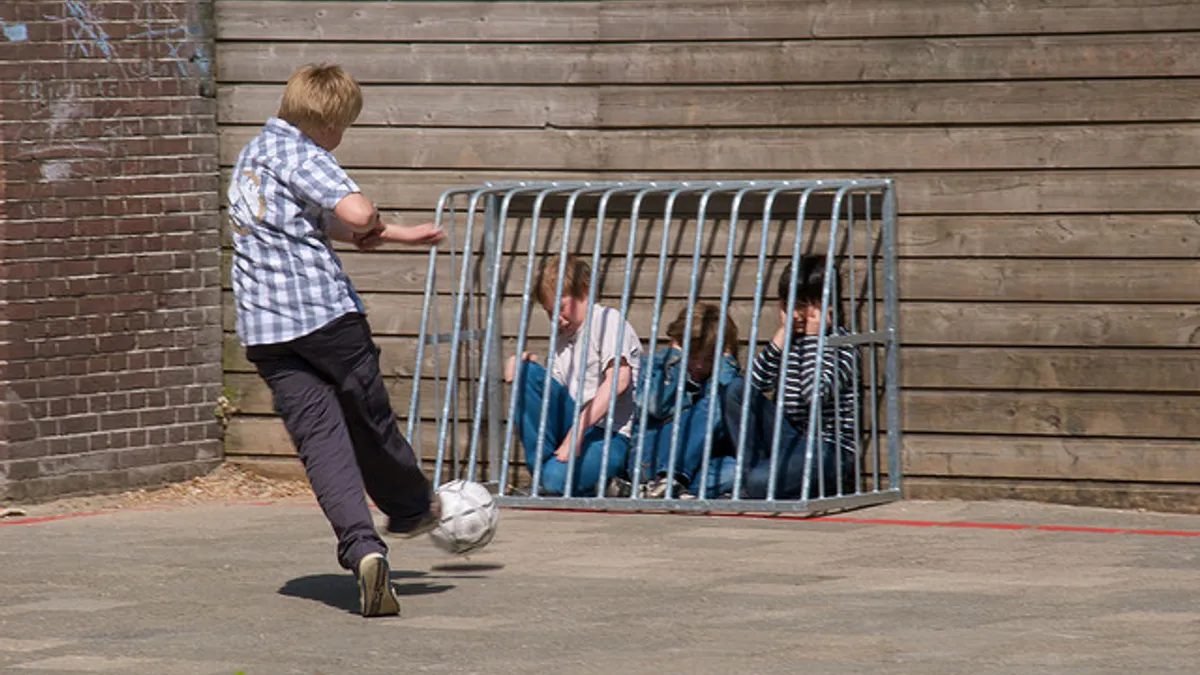Dive Brief:
-
Most efforts to prevent bullying have failed in recent years because of an inaccurate understanding of the nature of bullying, Nancy Willard, director of Embrace Civility in the Digital Age, writes for District Administration.
-
The “rules and punishment" approach dictated by some states and school districts seems to make the problem worse, especially when pressure to reduce suspension rates causes some principals to ignore or downplay bullying, leaving victims feeling more helpless than before.
-
Schools need to focus on embracing civility and kindness rather than preventing bullying and ensure that staff members know how to respond to hurtful situations.
Dive Insight:
Bullying occurs for a variety of reasons. Though the assumption is often that bullies are high-risk students who have a thug mentality, the majority of aggressors, especially at the secondary level are socially skilled students who are trying to set up their own hierarchy of social dominance. Teachers may perceive these students as “leaders,” and unconsciously shore up the bullies they should be working to control.
The fact is that bullying rarely takes place in front of staff members and has an under-culture all its own. Students may be afraid to report bullying because of the negative social consequences that could make the problem worse. If they do report the problem and it is ignored by staff members who don’t want to deal with the issue because of time or budget or reporting concerns, the student feels victimized once again. The issue has become even more complicated in the digital age where bullying increasingly takes place online and aggressors feel safe from punishment, but the consequences are just as real.
The problem calls for creative solutions that need to be embedded in the learning culture. In the past, teachers could assume that students were taught rules of society, civility and kindness at home, but this assumption does not hold true any longer. Social-emotional learning can help address bullying issues, and counseling efforts need to be increased to deal with bullies and victims alike. In some cases, restorative justice practices may need to be employed, but these can backfire if victims feel threatened by the process. Efforts that engage students in looking out for one another and promoting acts of kindness rather than praising the ability to control others may have the best chance in the long run. Apple is currently trying this approach with its “I am a witness” anti-bullying campaign. The results should be interesting to watch.






 Dive Awards
Dive Awards





